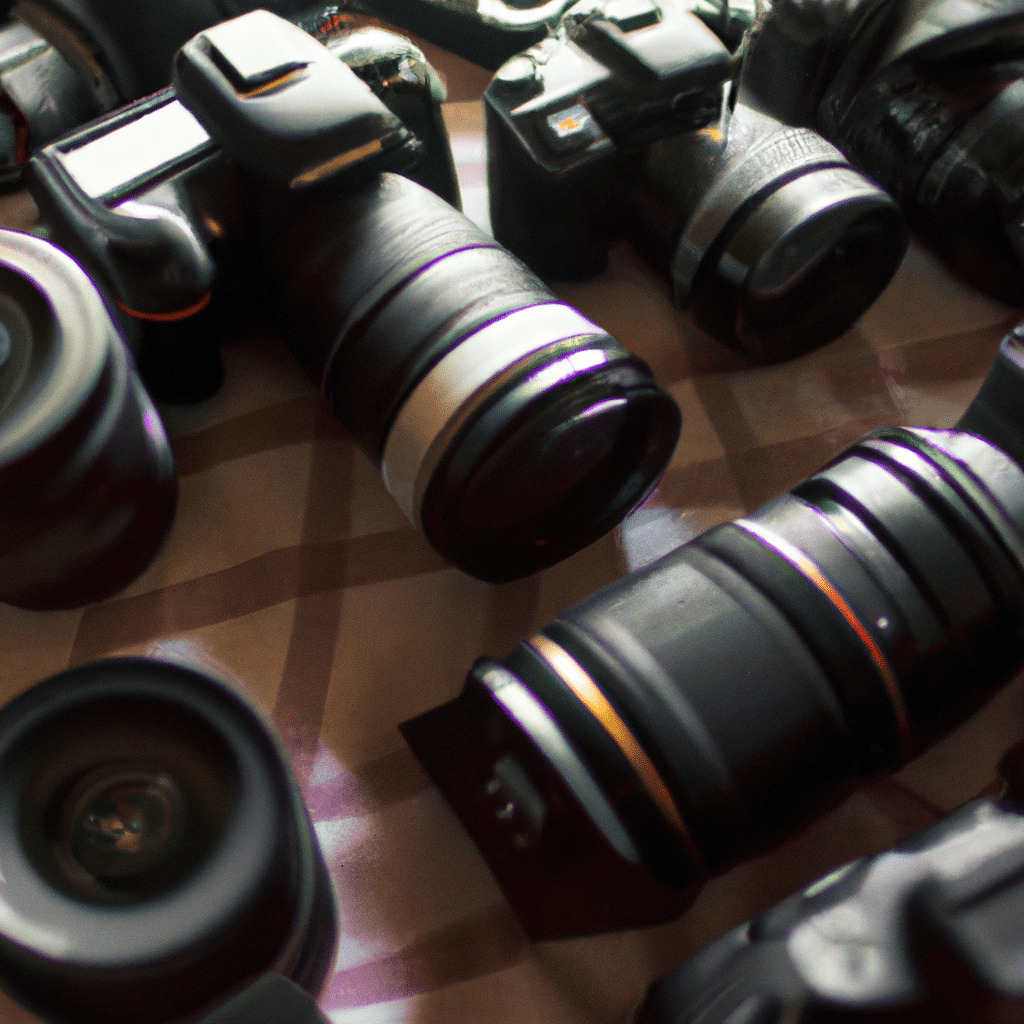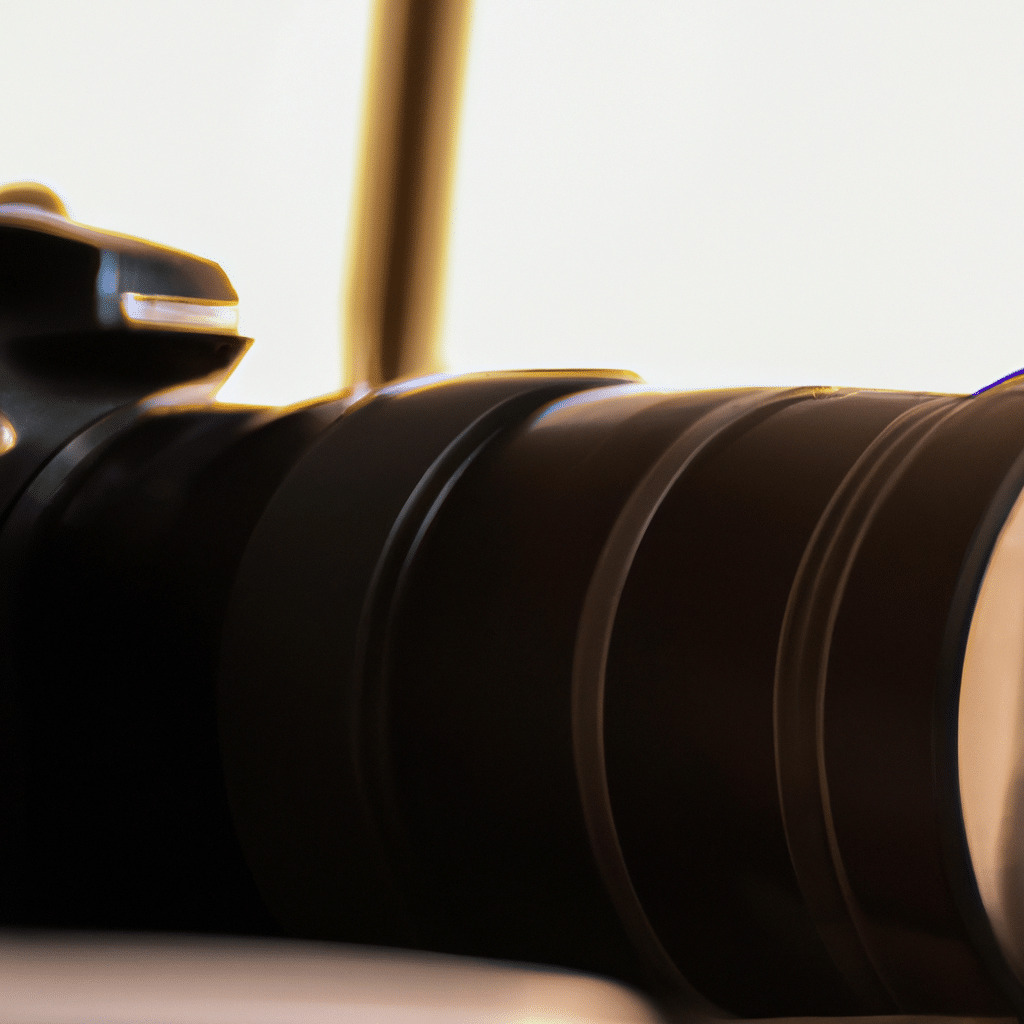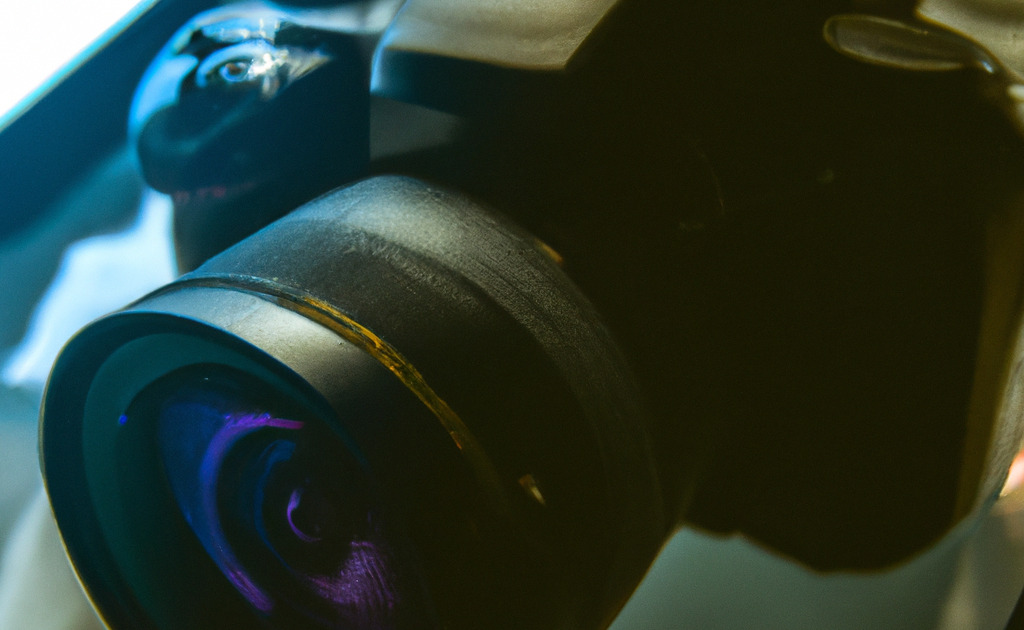Capture the Night Sky: Top Lens Recommendations for Landscape Astrophotography
When it comes to capturing the beauty of the night sky in stunning detail, having the right camera lens is crucial. Landscape astrophotography enthusiasts understand the need for lenses that can bring out the magic of celestial bodies while ensuring sharpness and clarity in the final image. In this article, we will explore some top lens recommendations specifically tailored for landscape astrophotography.

When venturing into landscape astrophotography, one of the first things to consider is your choice of lens. The right lens can make a significant difference in the outcome of your astrophotography endeavors.
Photographing the night sky requires a lens with a wide field of view to capture the expansive beauty above us. Wide-angle lenses, typically ranging from 14mm to 35mm focal lengths, are highly recommended for landscape astrophotography. They allow you to capture vast portions of the night sky and include stunning foreground details for a more dynamic composition.
In addition to a wide field of view, lenses with fast apertures are essential for capturing the faint light emitted by stars and celestial objects. A wide aperture, typically between f/1.4 to f/2.8, enables more light to enter the camera, resulting in brighter and more detailed images of the night sky.
When it comes to image quality, prime lenses are often the go-to choice for astrophotographers. Prime lenses, with their fixed focal length, offer exceptional sharpness and clarity, ensuring that every star and detail is captured with precision. They also tend to have lower distortion compared to zoom lenses, resulting in more accurate representations of the night sky.
Another key consideration when selecting a lens is the focal length and aperture combination. A lens with a shorter focal length and wider aperture will allow you to capture more of the night sky in a single frame, whereas a longer focal length may be better suited for capturing specific celestial objects in greater detail. It’s essential to strike a balance between focal length and aperture based on your desired outcome.
Lastly, don’t forget to consider your lens’s compatibility with your camera system. Different camera manufacturers have their own lens mounts, so ensure that the lens you choose is compatible with your camera body. This will save you from any compatibility issues and allow for seamless integration between the lens and camera.
With these lens recommendations in mind, you’ll be well-equipped to embark on your landscape astrophotography adventures. Remember, capturing the magical beauty of the night sky requires the right tools, and a high-quality lens is an essential part of your astrophotography kit.

- Choosing the right lens is essential for landscape astrophotography
- Wide-angle lenses with fast apertures are ideal for capturing the night sky
- Prime lenses offer excellent image quality and low distortion
- Consider the focal length and aperture when selecting a lens
- Lens compatibility with your camera system is crucial
Aspiring landscape astrophotographers should carefully consider their lens choice for optimum results. The combination of a wide-angle lens with a fast aperture, preferably a prime lens, can truly bring out the awe-inspiring beauty of the night sky. Furthermore, selecting the right focal length and ensuring compatibility with your camera system are crucial factors to keep in mind. So, don’t forget to equip yourself with the perfect lens and let your imagination soar through the cosmos.
Ready to capture the breathtaking wonders of the night sky? Are you prepared to delve into the world of landscape astrophotography with the right lens?

